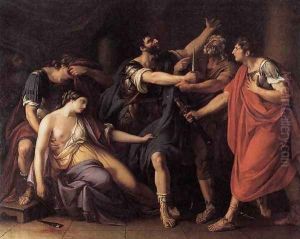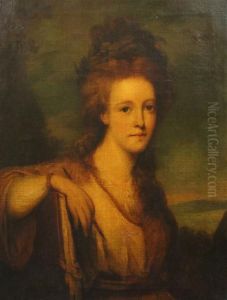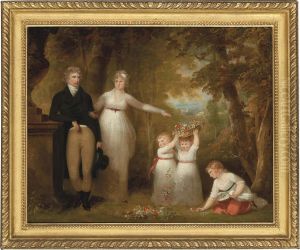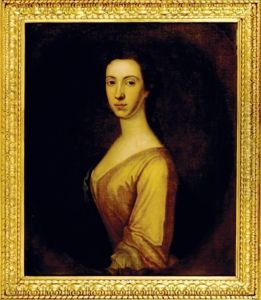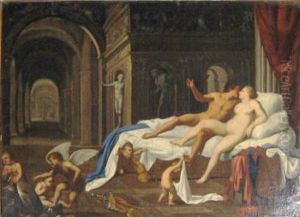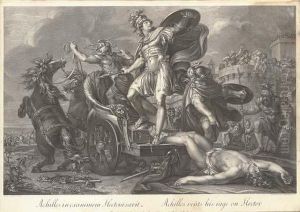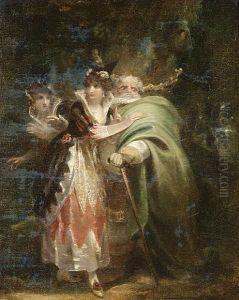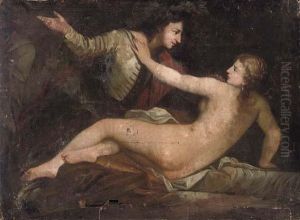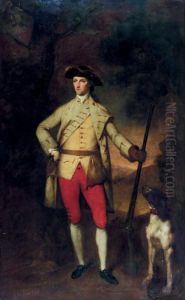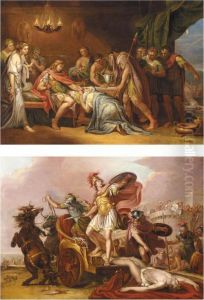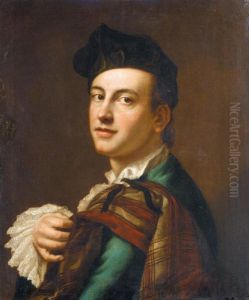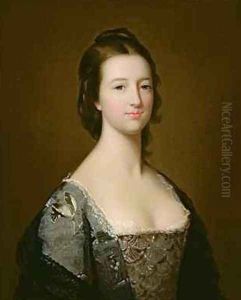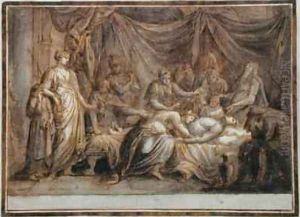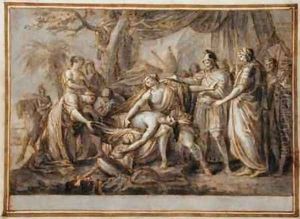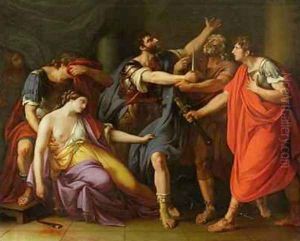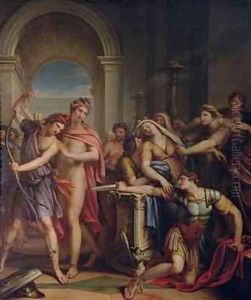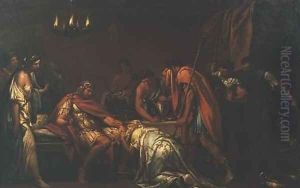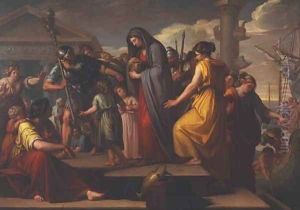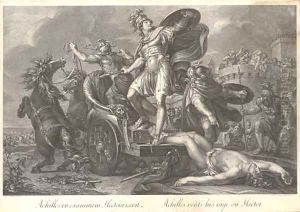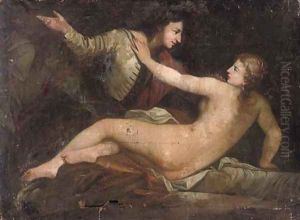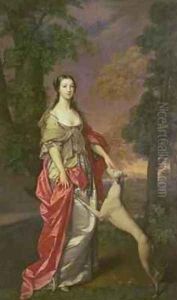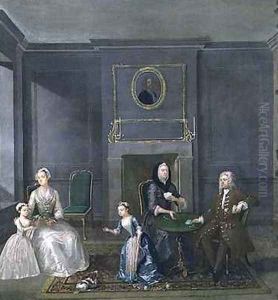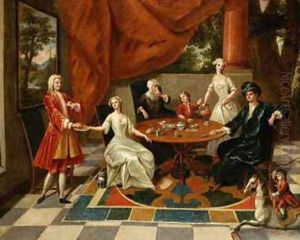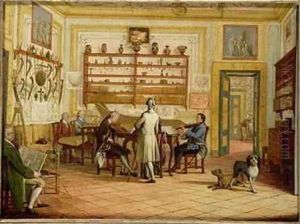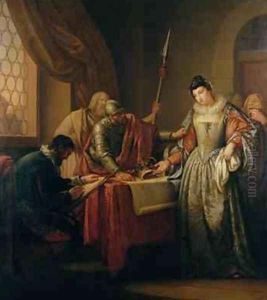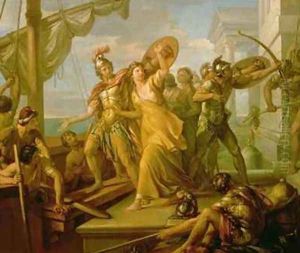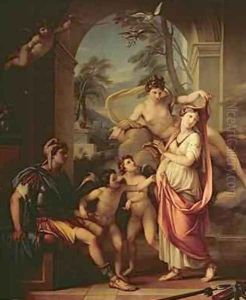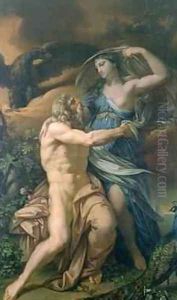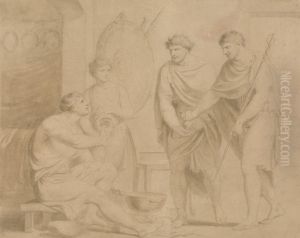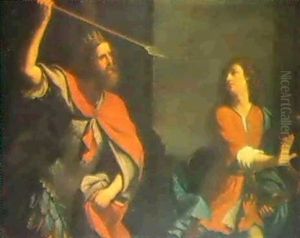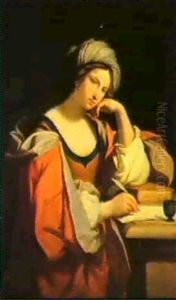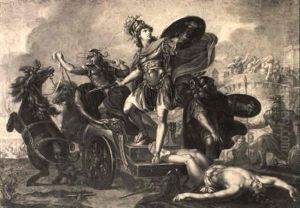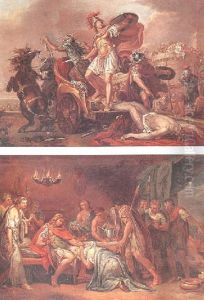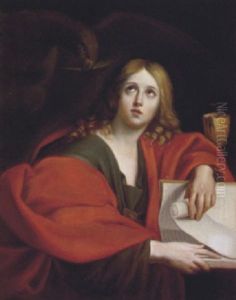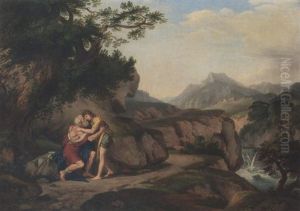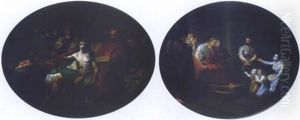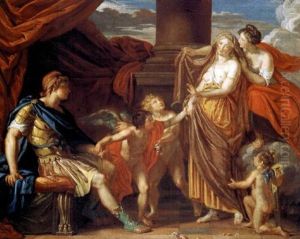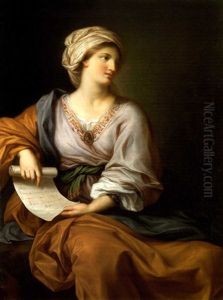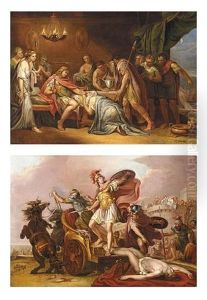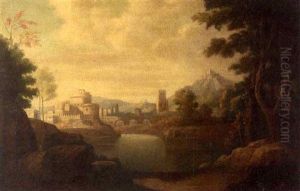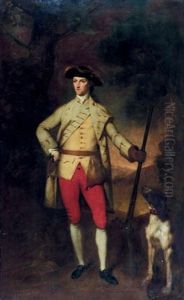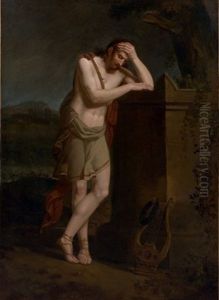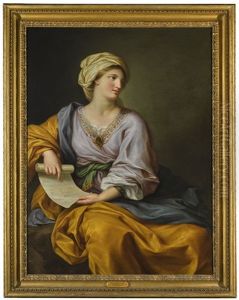Gavin Hamilton Paintings
Gavin Hamilton was a Scottish painter, archaeologist, and dealer of antiquities who is often considered one of the fathers of Neoclassicism. Born on September 15, 1723, in Lanarkshire, Scotland, he was part of the movement that looked back to the classical past for inspiration and emphasized the importance of the Grand Tour as an educational experience for young artists.
Hamilton studied at the University of Glasgow before moving to Rome in 1744, where he became a prominent figure in the city's artistic circles. Rome was the epicenter of the neoclassical movement, and Hamilton was deeply influenced by the works of classical antiquity as well as by the paintings of Raphael and Nicolas Poussin. He became known for his history paintings, which often depicted scenes from ancient history and mythology with a strong emphasis on noble simplicity and quiet grandeur.
In addition to his work as a painter, Hamilton played a significant role in the rediscovery of ancient Roman art. He directed excavations at the Villa of Hadrian at Tivoli and at the Colosseum in Rome, where he and his team unearthed significant works of art. His excavations helped to fuel the European demand for classical antiquities, and he became a key figure in the trade of these objects, supplying many collectors and museums.
Hamilton's paintings were influential in shaping the neoclassical style, and he was a mentor to several younger artists who would become prominent in the next generation, including the famous French painter Jacques-Louis David. Hamilton's work was characterized by its clarity, controlled composition, and the use of classical subjects to reflect contemporary Enlightenment ideals.
Despite his success, Gavin Hamilton faced financial difficulties later in life, in part due to the expenses of his archaeological projects. He died in Rome on January 4, 1798, leaving behind a legacy as a pioneer of neoclassical art and a vital contributor to the rediscovery and appreciation of classical antiquities.
